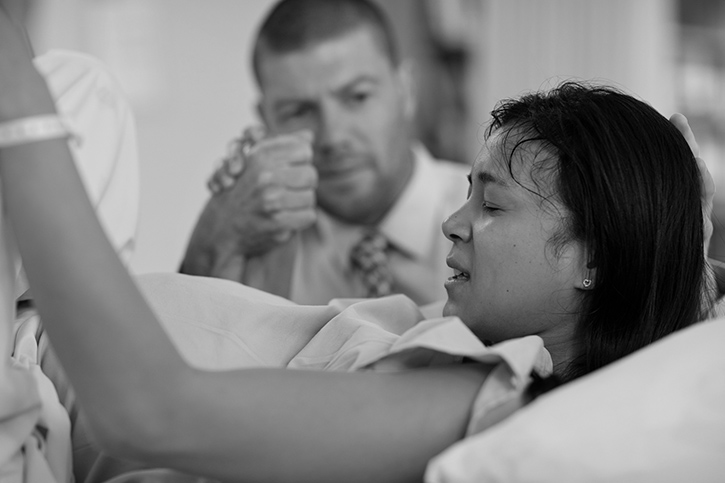An assisted birth – also referred to as instrumental delivery or operative vaginal birth – is when your doctor helps deliver your baby with the use of instruments that are applied to your baby’s head. Your doctor may gently apply either forceps or a suction device called a ventouse, to help the baby along.
In some cases during your delivery your baby might need some help along. Here we take a look at the different types of instrumental delivery that may be required during your baby’s birth.
Why Might I Need an Assisted Delivery?
These methods are very safe, but are only used when necessary. Some reasons why you may require an assisted birth include:
• If you are too exhausted to push anymore.
• Your baby is in an awkward position and needs to be gently turned.
• There are concerns for your baby’s wellbeing, like if it is not receiving enough oxygen or heart rate is abnormal.
• You cannot push anymore due to medical reasons (such as a heart condition).
If an assisted birth is required, a local anaesthetic may be given to numb the vagina and surrounding area if you haven’t already had an epidural. An incision may need to be made to make the vaginal opening slightly bigger.
What Are The Different Types of Instrumental Delivery
Forceps
Forceps are smooth hand-held metal instruments, similar to tongs, which are used to gently pull your baby during delivery. They are curved so that they fit snugly around your baby’s head.
During each contraction, your doctor will tell you to push while they use the forceps to ease your baby through the birth canal.
There are different forceps used for different situations. For example, some are specifically designed for turning your baby into the correct position, some are designed to grip the head.
Ventouse (vacuum extraction)
A ventouse is an instrument that assists the baby’s delivery using a very gentle vacuum extractor. A small plastic or metal cup is attached your baby’s head, which is connected by a tube to a suction device. This may leave a small suction mark on your baby’s head, but don’t worry, this goes away very soon. A ventouse is more gentle to mothers than using forceps, and is less likely to cause vaginal tearing.
What Side Effects Are Possible With an Assisted Delivery?
Instrumental delivery is very safe. However, some minor side effects are possible with each.
Forceps
• Small marks or discolorations on your baby’s head, which go away within a few days.
• Small bruises, which also go away after a few days.
• Very rarely there can be trauma to the baby’s facial nerves, though effects usually go away within a few days.
• Your baby might be born with a oddly shaped head. This is also common with normal vaginal delivery, and will correct itself in time. This shape most often comes from the shape your baby’s head moulds into, when it is stuck in an awkward position in your pelvis (called moulding).
Ventouse
• A small blister may appear on your baby’s head. This is known as a cephalhematoma, and may take up to a few weeks to fully heal.
• Small bruises, which also go away after a few days.
If you have any questions regarding complications with a pregnancy, or would like to book an consultation, please don’t hesitate to get in touch.
We will strive to give you guidance and compassionate care in every way possible. Dr Bevan Brown is one of the most trusted gynaecologists and obstetricians in the Hills District of Sydney.
